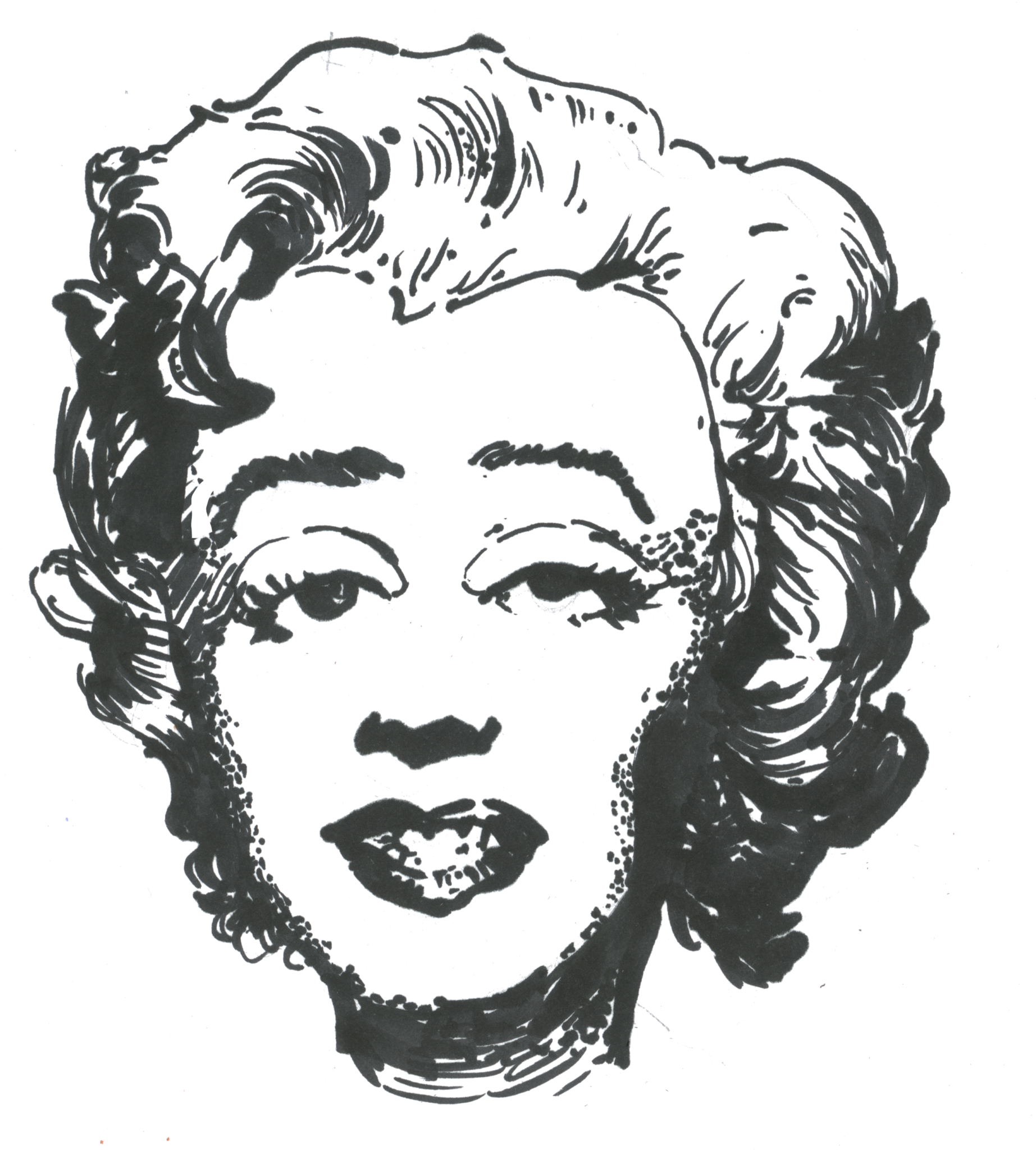
Last weekend, I had the chance to view the new blockbuster Andy Warhol exhibit at the Whitney Museum of American Art in New York. I go to museums very often, and never in years have I seen an excitement like this one for a new show. The line wrapped around the Chelsea block, even in the freezing weather. Finally inside, elevators were packed, and one could barely move through the beginning of the exhibition.
The exhibit consisted of many different media beyond the screenprints with which we usually associate Warhol. There were the obvious Campbell soup icons, as well as the Marilyn diptych and Brillo boxes. There were also advertisements Warhol made early in his career and a delightful set of portraits of shoes worn by famous people, including Diana Vreeland and Truman Capote. There were the sketches he did of bodies and parts, typical practice sketches for artists.
But they weren’t good! Certainly not befitting of a “Great Artist.” Now, there’s a difference between being technically talented and having great ideas. Some artists claim that the art is in the idea and that it doesn’t matter if they are the ones to execute it, for instance Sol Le Witt. But the difference is that I don’t find Warhol’s ideas particularly incredible either. A defense often mounted is that he had his finger on the pulse of pop culture and understood the motifs of his generation. That may be true, but I would maintain that he’s become famous because his pieces are accessible as recognizable symbols of consumer brands. Those who love his work may not investigate at a deeper level what the meaning is, and instead take it as face value because it is an easy transaction. People may like the work because it is swiftly recognizable and colorful.
The best pieces were the ones Warhol had the least role in — exhibited were several painting collaborations with Jean-Michel Basquiat and Keith Haring. Both of these artists have very clear visual styles, in harmony with Warhol’s: graphic, colorful, and very recognizable. The paintings looked as if the other artists had made their own work, then Warhol added some of his motifs, like the soup cans — I found this addition hackneyed, and didn’t think it added anything to the other artists’ work.
This wasn’t the only case of Warhol adding his name to what was primarily someone else’s work — Warhol, in fact, didn’t even make much of his work, preferring to come up with the concept and directing other artists to execute it, in what he called “The Factory.” Again, he’s not the first artist in history to not actually make his own art. But it’s not a coincidence that he called the production scheme a factory. Another reason I believe his work is so famous and recognizable is because it’s so easily reproducible. Part of the theory behind Warhol’s work is that he took easily reproducible consumer images and screen-printed them many times over, labelling the result as fine art, thus making a comment on how we regard the symbols in our society.
But he himself wanted to become a symbol in society. He is regarded in art history as the first “famous artist” — that is, the first artist who became a celebrity in his own lifetime. He even produced a fashion magazine called “Interview” that shuttered just last year. Thus he became part of the same mass media he critiqued.
It’s important to note that only the beginning of the exhibit that was packed. In later rooms the crowd thinned out. Why was that? Because the Whitney put what I’ll call “The Instagram Room” at the beginning: It’s a bright, graphic printed room with recognizably Warholian flower motifs, perfectly Instagrammable. It’s in fact the image that pops up as an ad in my Instagram feed encouraging me to go to the exhibit. (Am I too guilty of using the Instagram Room? Absolutely.) Seemingly, once people got that picture, they were less interested in the rest of the exhibit.
On another floor of the museum were video projects. I found those particularly awful — in one, the artist simply eats a hamburger. That’s it. He’s so pretentious he asks the audience to just watch him eat. And you know what the worst part is? The few people who stuck around this far into the exhibit did watch the whole videos, looking for some deep meaning in it because he is a “Great Artist.”
Claire Kalikman | claire.kalikman@yale.edu .







